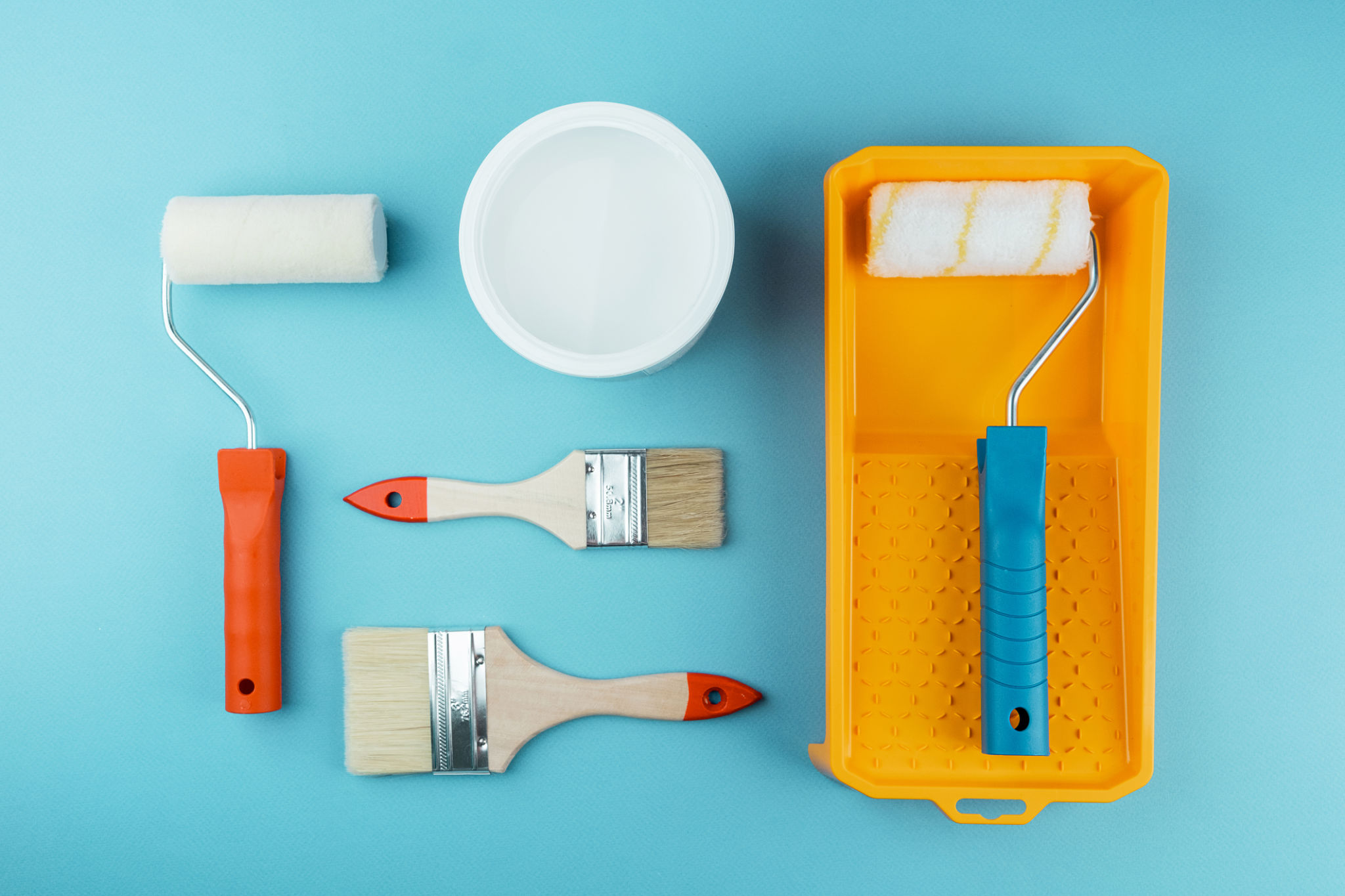DIY Interior Painting Tips: Achieve Professional Results at Home
Preparing Your Space
Before you dip your brush into the paint, it's crucial to prepare your space properly. Start by removing all furniture from the room or moving it to the center and covering it with drop cloths. This will protect your belongings from accidental paint splashes and drips. Don't forget to cover the floors with a durable drop cloth to ensure they remain clean and stain-free.

Next, clean the walls thoroughly. Dust, dirt, and grease can prevent paint from adhering properly, so use a mild detergent and water to wash the surfaces. Allow them to dry completely before moving on to the next step. Additionally, it's important to repair any cracks or holes in the walls using spackle or a suitable filler. Once patched, sand the areas smooth for a seamless finish.
Choosing the Right Tools and Paint
Selecting the right tools and paint is essential for achieving a professional-looking finish. Invest in high-quality brushes and rollers, as they provide better coverage and a smoother application. Opt for brushes with synthetic bristles for latex paints and natural bristles for oil-based paints.

When it comes to choosing paint, consider both the color and finish. Test different shades by painting small swatches on your walls and observing them at various times of the day. For most rooms, a satin or eggshell finish is ideal, offering a balance between shine and durability. However, for high-moisture areas like bathrooms, a semi-gloss finish is recommended for its water-resistant properties.
Mastering Painting Techniques
Understanding basic painting techniques can greatly enhance your DIY results. Start by cutting in around the edges with a brush before using a roller for larger areas. This technique helps create clean lines and prevents uneven application. Work your way from top to bottom, maintaining a wet edge to avoid visible lap marks.

For ceilings, use an extension pole with your roller to evenly distribute paint without straining your arms. Apply paint in a 'W' or 'M' pattern to ensure thorough coverage. Always allow each coat of paint to dry completely before applying another, following the manufacturer's recommended drying times for best results.
Finishing Touches
Once you've completed painting, remove any painter's tape while the paint is still slightly wet to avoid peeling off any dried paint along with it. Carefully inspect your work for any missed spots or uneven areas and touch them up as needed.
After everything is dry and satisfactory, return your furniture to its rightful place and enjoy your newly refreshed space. Regularly clean your brushes and rollers after use to prolong their lifespan and maintain their quality for future projects.
Conclusion
With careful preparation, the right tools, and proper techniques, achieving professional results in your DIY interior painting projects is entirely possible. Take your time with each step and be patient as you work towards transforming your living spaces into beautifully painted havens.
